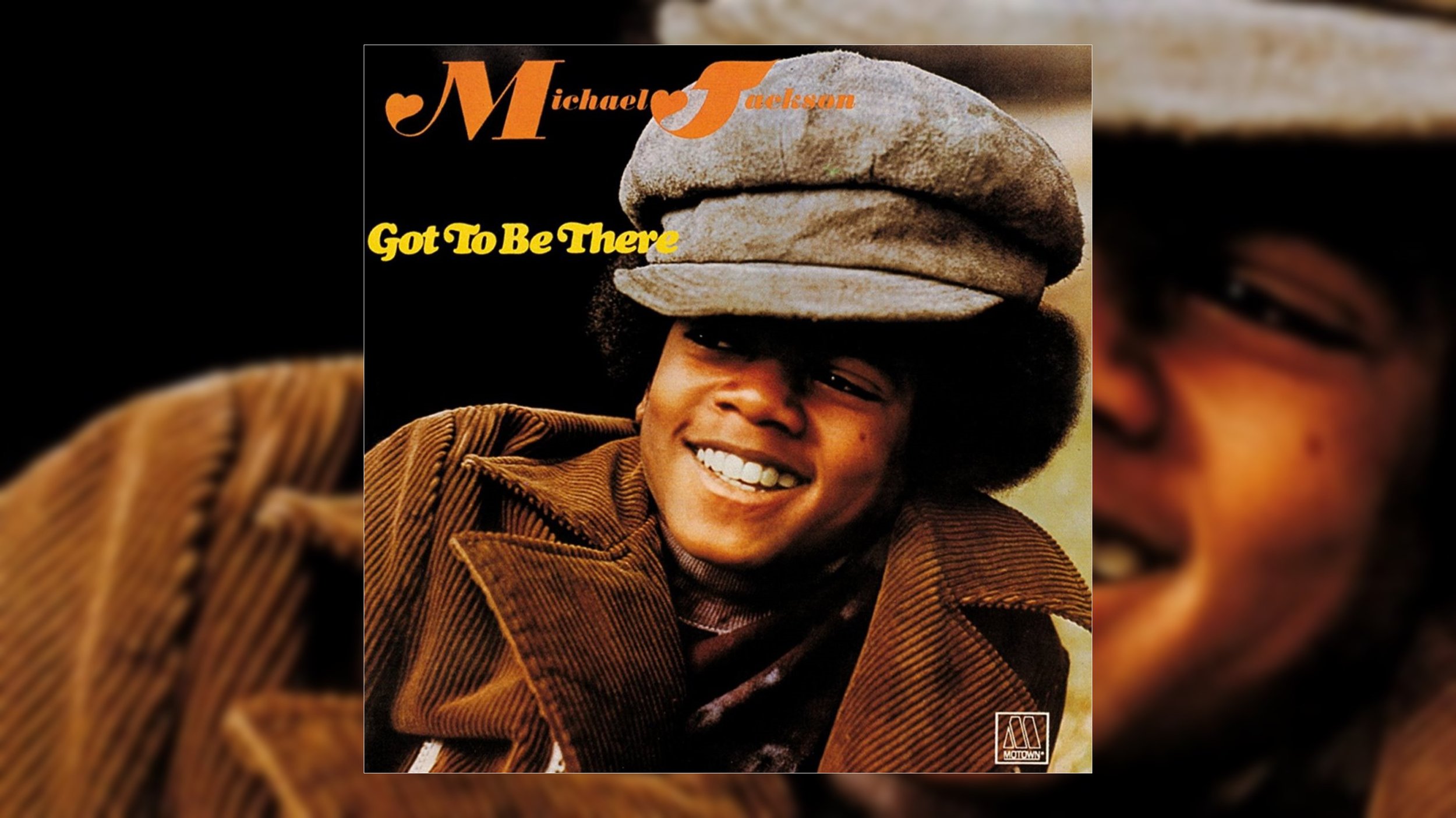Happy 50th Anniversary to Michael Jackson’s debut solo album Got To Be There, originally released January 24, 1972.
There are dozens of ways to tell the story of how Michael Jackson rose to reign atop the entire world of music. You could begin at the Apollo Theatre in Harlem, New York, with Michael as the standout front man among his older brothers, having already come of age in smaller smoke filled rooms of alcohol buzzed adults eager to be brutally honest if the Jackson 5 were just a cute gimmick group whose outfits carried more weight than their actual talent. Or, you could go all the way back to Gary, Indiana, inside the house of the world’s most musically inclined family to try to capture the essence of Mama Katherine and Daddy Joe’s third youngest, honing his skills at an early age, astutely watching soul men before him like Jackie Wilson and James Brown.
Many accelerate all the way to 1979, with the release of Off The Wall, which saw MJ come into his own as a solo artist, spouting out four top ten singles and picking up that year’s GRAMMY Award for Best R&B Vocal Performance Male for “Don’t Stop Till You Get Enough.” Others begin with his 1983 Motown 25: Yesterday, Today, Forever performance that proved to be the showstopper amongst a star-studded night that celebrated the reunion of the most talented label roster known to mankind.
However, in between the rise of the Jackson 5 and the television debut of his trademark dance move, a 13 year-old Michael Jackson laid the foundation for the most storied career in American, if not global, pop culture history, by showing the world that he was a serious male vocalist with the 1972 release of his debut solo album, Got To Be There. A carefully selected track list of rhythm and blues covers and originals gave the lead singer the opportunity to step beyond the shadow of the sibling package that collectively spawned Jackson 5 mania, which included a cartoon and tons of merchandise, and showcased the young MJ as a soulful man-child. It proved that he could excel at his own version of the grown folk music he’d rehearsed under the nourishment of his mother’s home cooking and direction of his father’s unwavering discipline.
From the opening track of Got To Be There, young Michael’s confidence is staggering as he begins the album with the difficult task of delivering his own rendition of Bill Withers’ “Ain’t No Sunshine.” Probably still a few months shy of buying his very first bottle of Noxzema, Michael sets the tone of the album by owning the fact that his voice and vocal ability was maturing beyond the boyishness that everyone fell in love with when he first “Oh hmmed” to begin “I Want You Back” alongside his older brothers, barely three years earlier.
Michael’s range continues to impress as he opens “Girl Don’t Take Your Love from Me” with a stylish impression of his musical mentor, Diana Ross, eases through a remarkable run, and settles soulfully with the prelude to his signature high tenor, over the well-produced track that was also written and arranged by Willie Hutch, the prolific musical architect who would later construct The Mack and Foxy Brown soundtracks amongst a career of other fine work.
An early example of Michael’s instinct in allowing his vocals to connect good song lyrics with the listening audience is evident on “Maria (You Are the Only One),” as he paints the picture of a man many years his senior pleading for a second chance with his true love, while ambiguously capturing some of Michael’s own childhood sadness.
Another noteworthy feat conquered by young Michael is the final song on the album, a cover of Carole King’s “You’ve Got a Friend,” which had already seen plenty of success the previous year, with King receiving the Grammy award for Song of the Year and James Taylor winning the Best Male Pop Performance honor for his version. The song would go on to be covered by big name artists including Aretha Franklin and Dusty Springfield, but Michael nearly creates a different tune altogether. His rendition is seemingly an anthem specifically focused on themes of youthful friendship, and this entrenched version delivered the song into territory it hadn’t seen, in the streets of Southside Chicago, East Baltimore, and beyond.
For those who overlook Michael’s debut album in the discussion of his unmatched solo career, or mistake it for a Jackson 5 LP, you bypass the base of his entire career and ignore that he was a Prince of Soul long before becoming the King of Pop. Got To Be There reveals an elite young vocalist—one that would soon become a monumental figure, who would go on to sell more records than anyone in his rawest form—primed to give us a collection of unforgettable music for years to come.
READ MORE about Michael Jackson here
LISTEN:
Editor's note: this anniversary tribute was originally published in 2017 and has since been edited for accuracy and timeliness.

